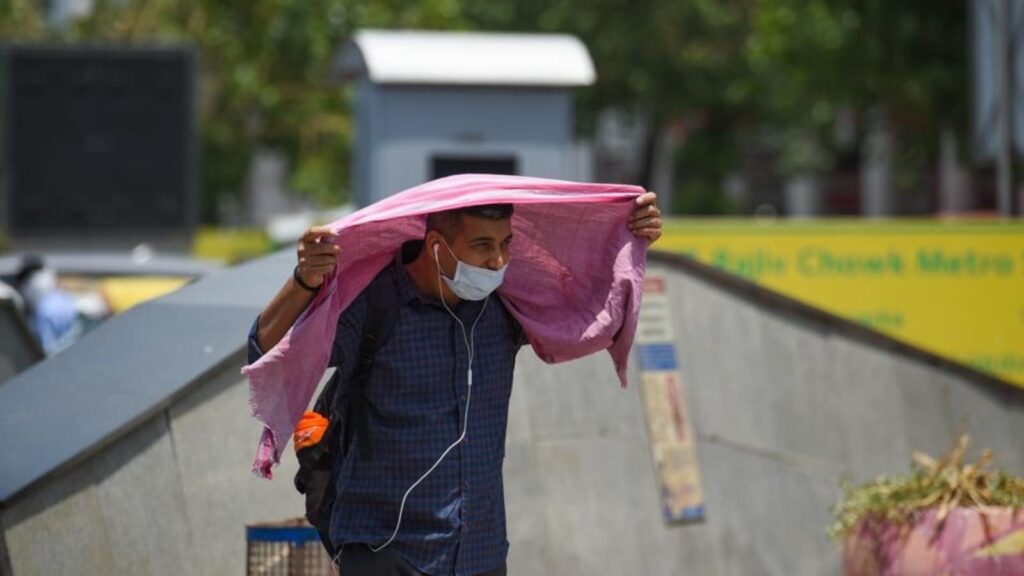2023 was the warmest year on record, surpassing the previous record of 2016 by a huge margin and narrowly missing the 1.5°C warming threshold, Europe’s Copernicus Climate Change Service (C3S) said on Tuesday. In temperature records that set a dire precedent, every single day in the year was 1°C warmer than the pre-industrial average, and nearly half the year was 1.5°C warmer. More alarmingly, two days in November even crossed the 2°C threshold. This likely sets the stage for an even warmer 2024 — C3S said the 12-month period till January was likely to breach the 1.5°C threshold — and begs the question: Is this a blip or the norm? And are we prepared for this climate?
The C3S 2023 climate report highlighted some weather extremes throughout the last year, as record after record fell. From heatwaves to floods, droughts and wildfires, several extreme weather events provided testimony to how far humanity has come from the climate “civilisation developed in”, C3S director Carlo Buontempo said. And yet, even as human and economic losses mount, carbon dioxide and methane gas concentrations rose to their highest levels. Further endangering planetary systems was the low sea ice extent in the Arctic and the Antarctic, and the numerous marine heatwaves that added to the rising temperatures in an El Niño year. That it did not breach the 1.5°C mark — on the yet-to-be-released Berkeley Earth dataset the year is likely to be at least 1.5°C warmer than the pre-industrial average — is a matter of little consolation as experts are predicting that at least one year between 2023 and 2030 will cross the threshold.
Is humanity prepared to arrest the temperature rise or deal with the weather extremes it will bring about? For the former, the only way forward is to cut emissions, urgently and drastically. The COP28 agreement has lent some hope on that front. For the latter, governments must identify vulnerable regions and populations, redesign cities, rethink laws, and draft adaptation plans. Whether it is new infrastructure to reduce the impact of heatwaves, relocating communities at risk from sea level rise, or revisiting the urban drainage systems to contain flooding from extreme rainfall, they have to start work now. It may already be too late.
Continue reading with HT Premium Subscription
Daily E Paper I Premium Articles I Brunch E Magazine I Daily Infographics


